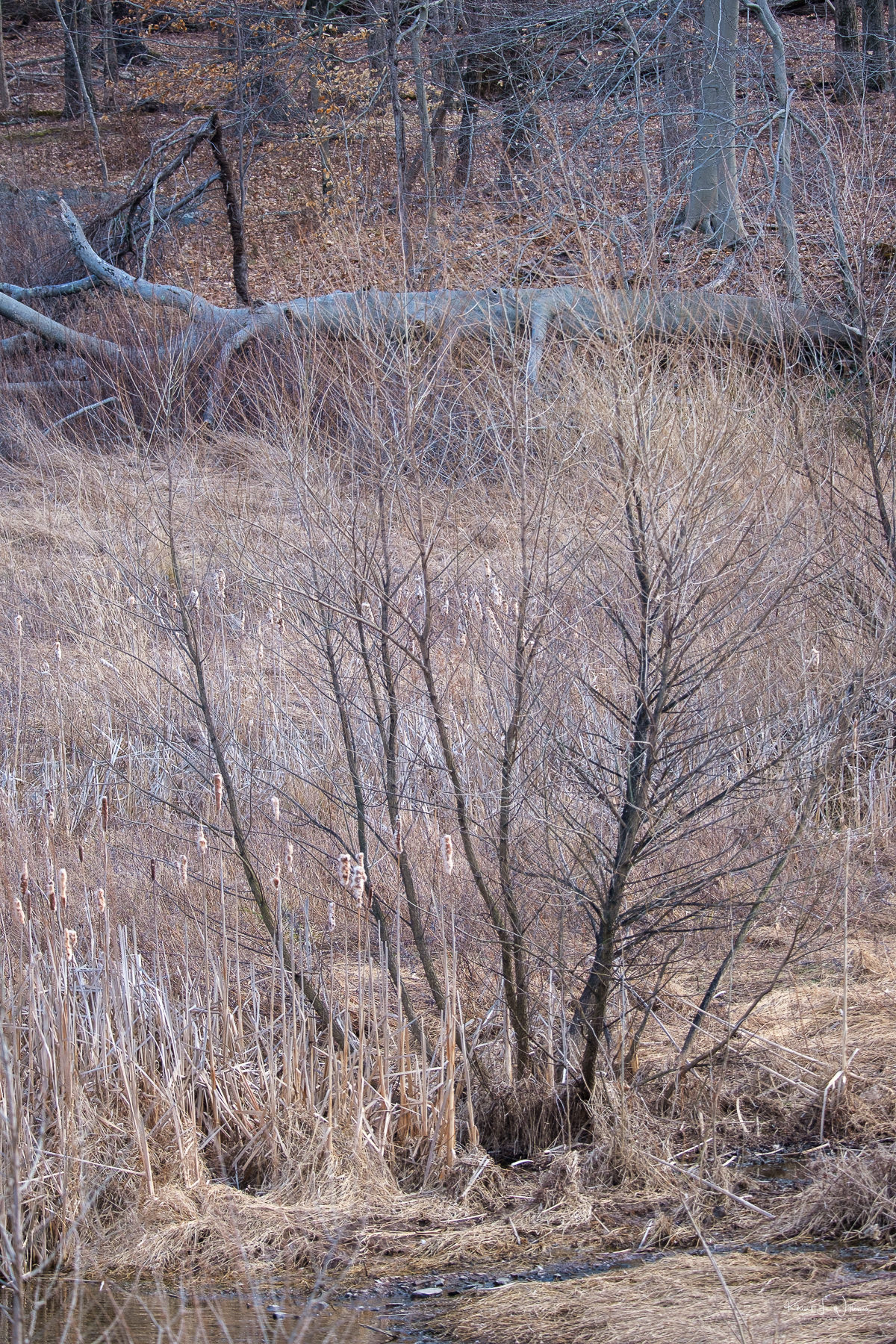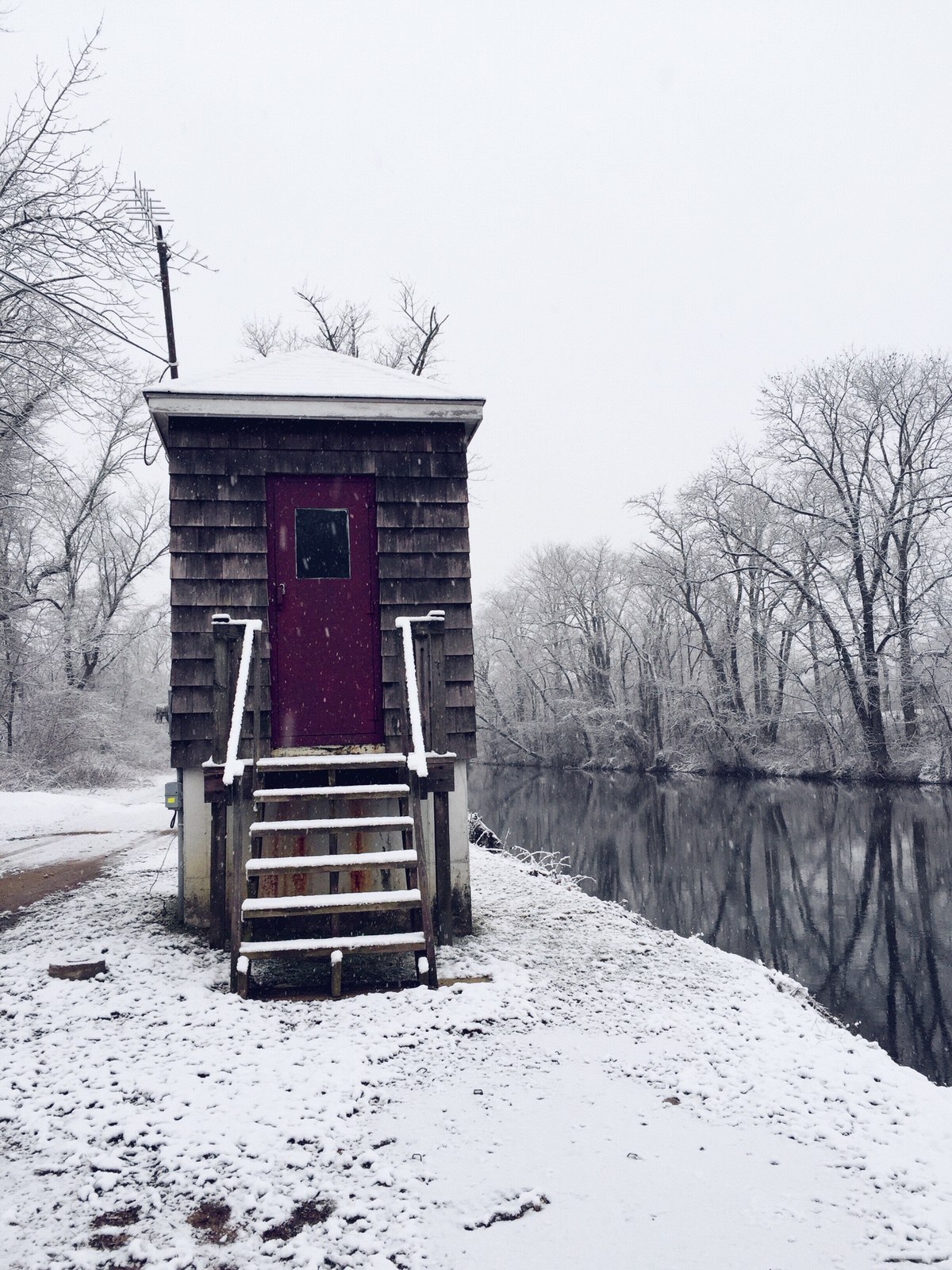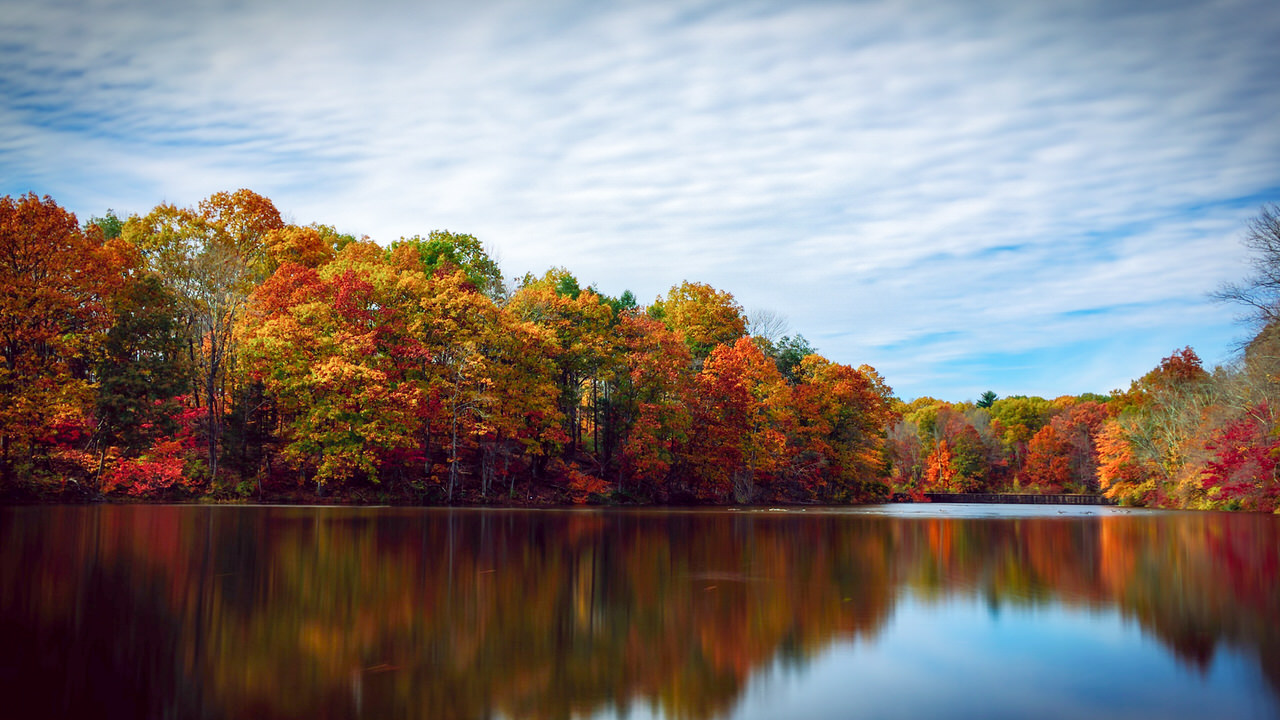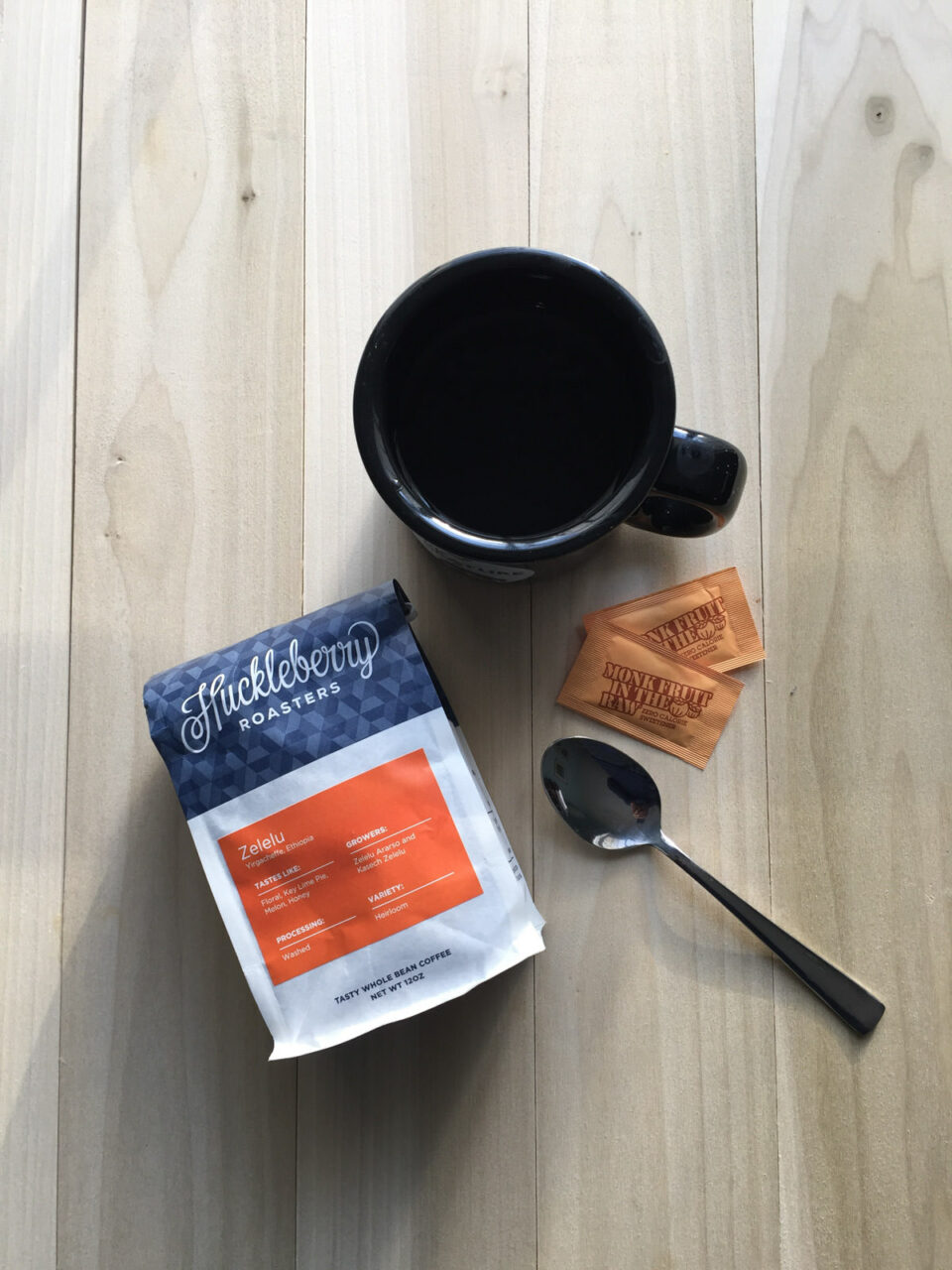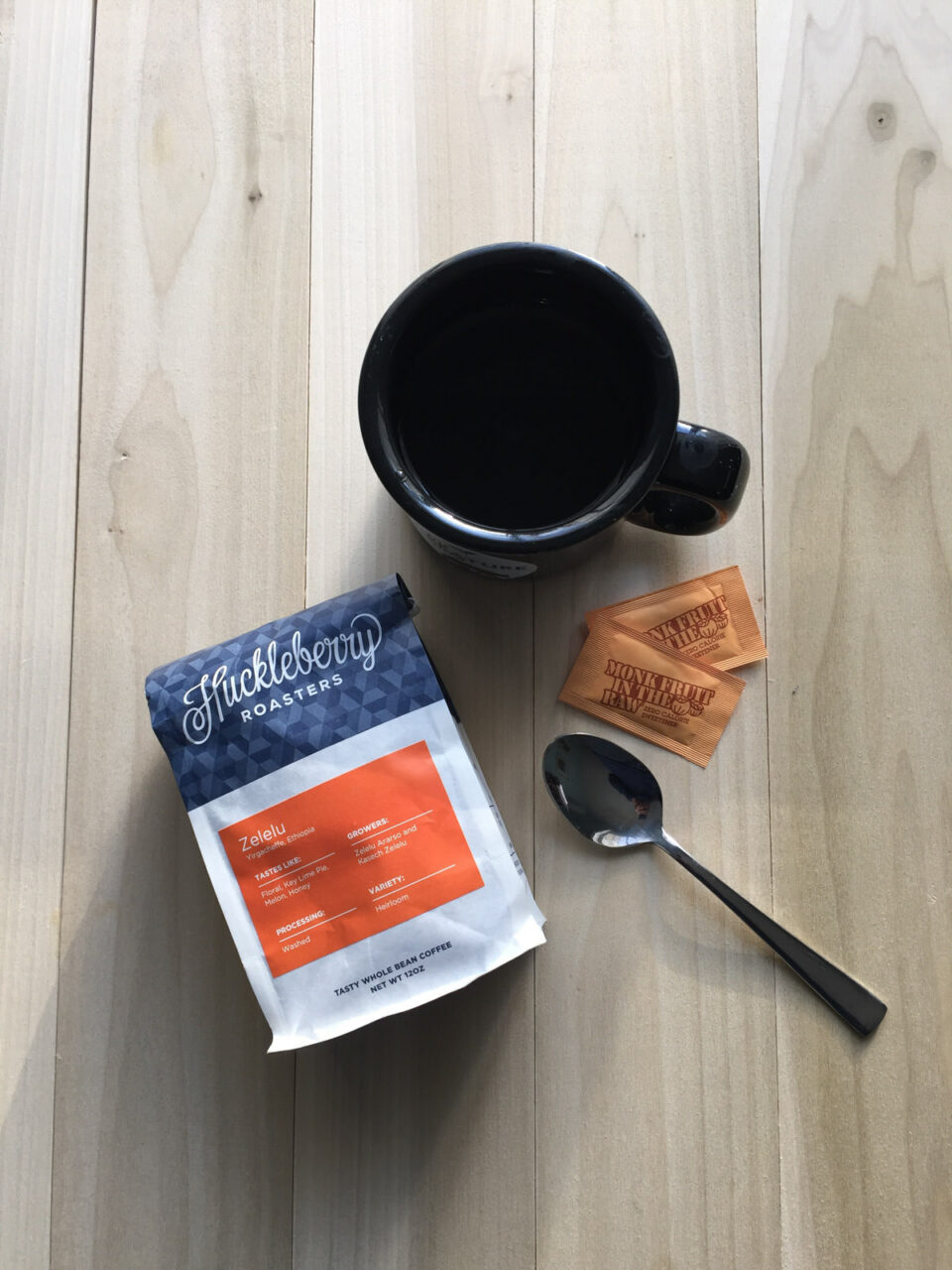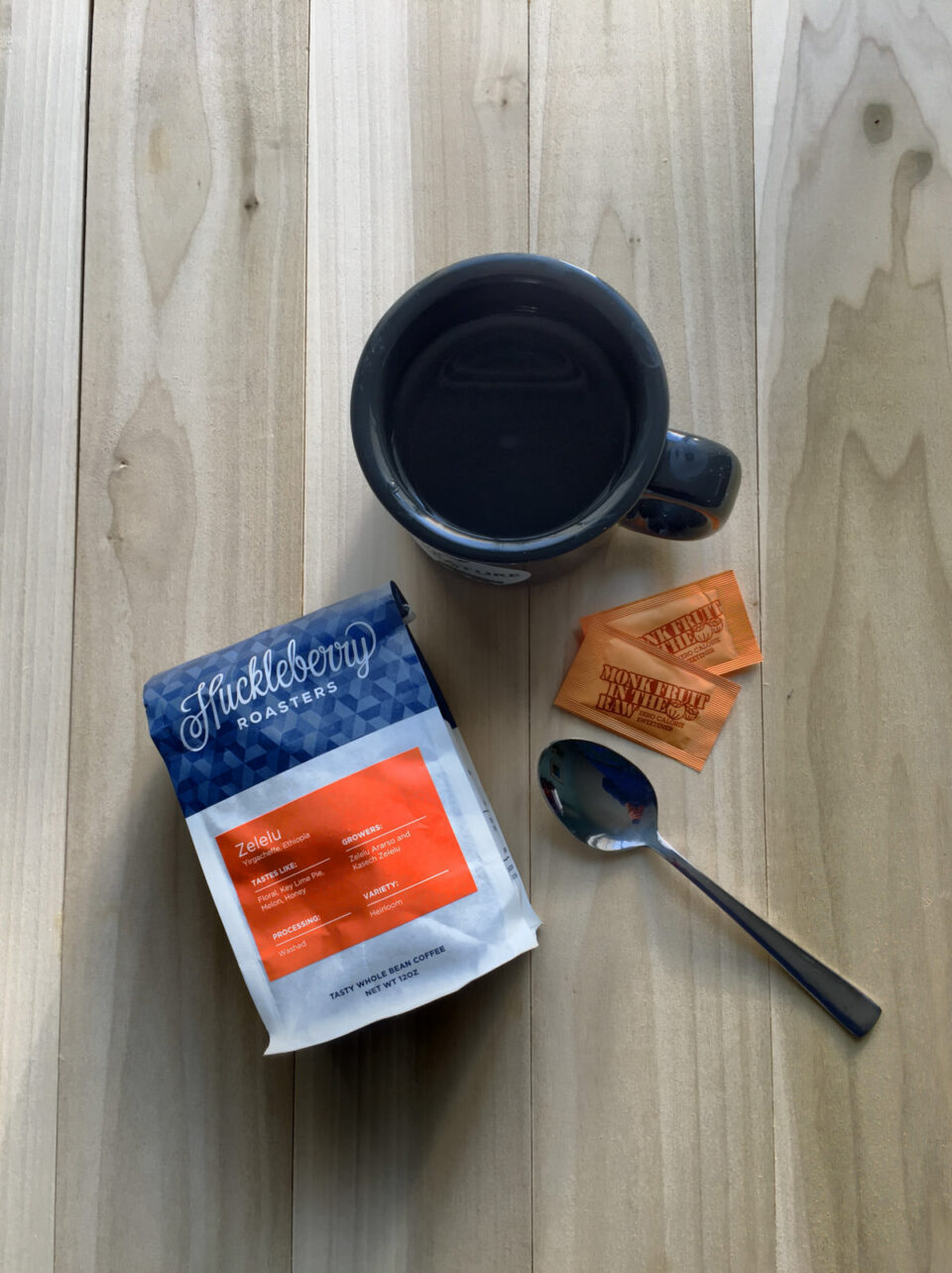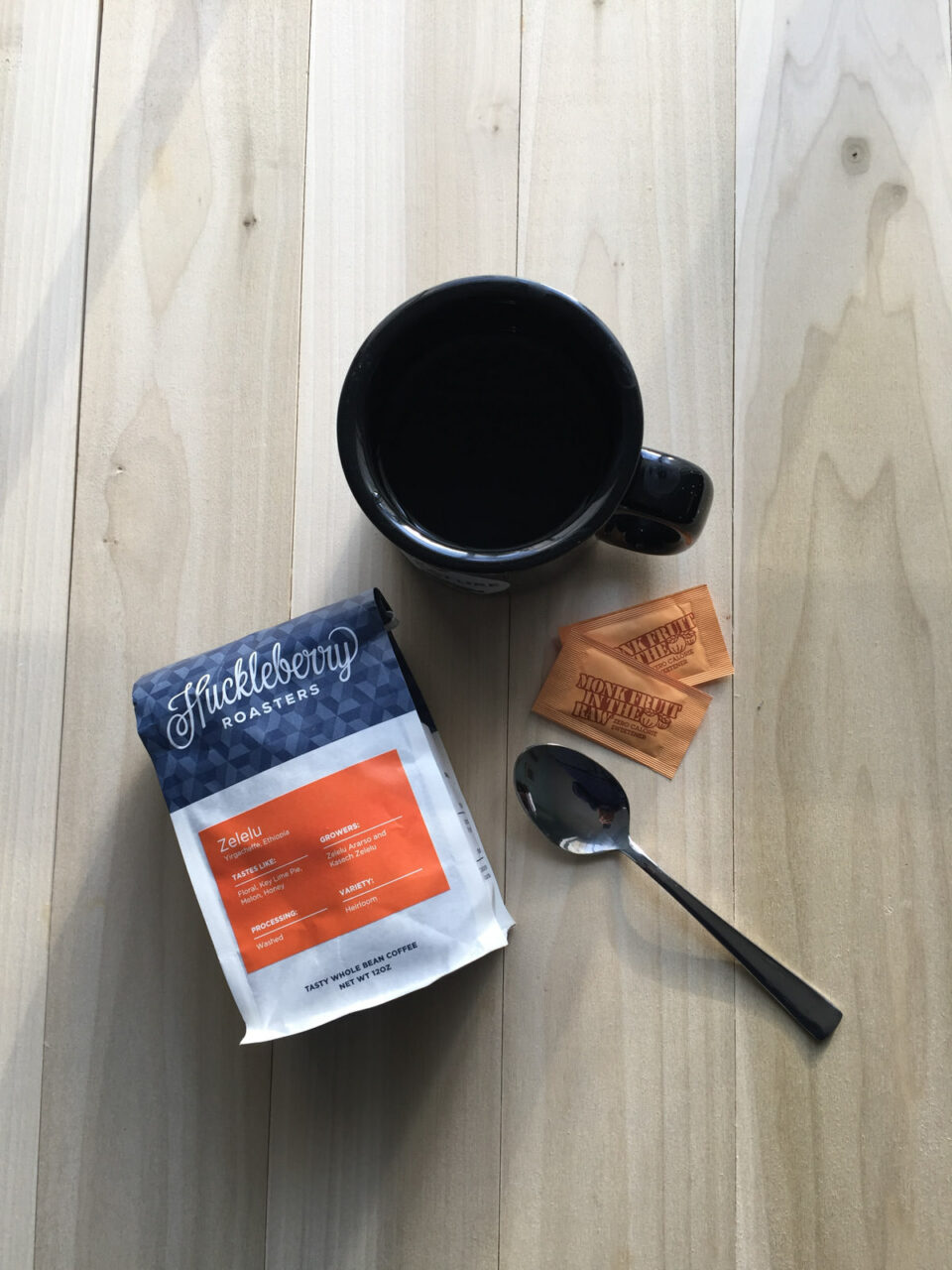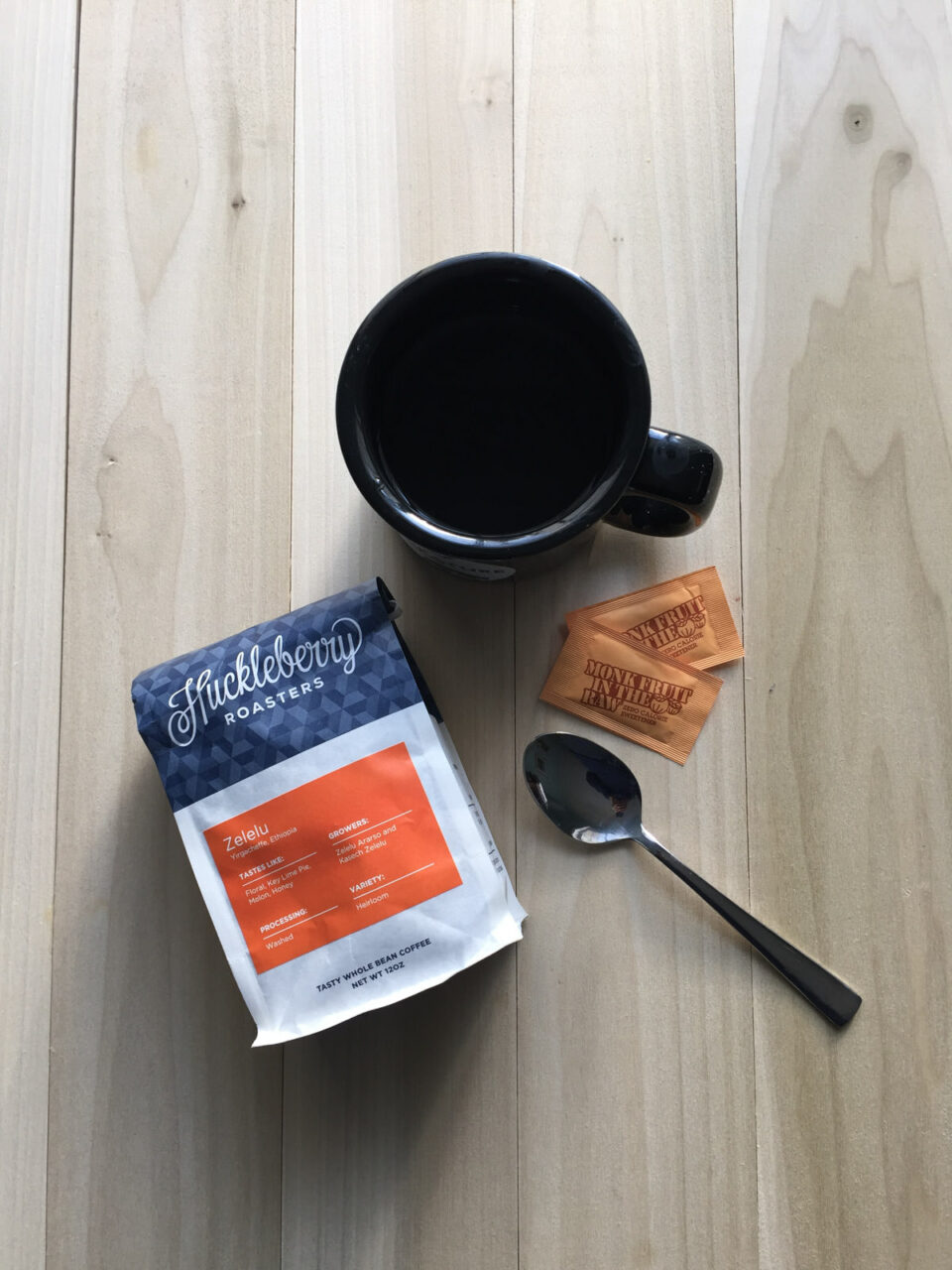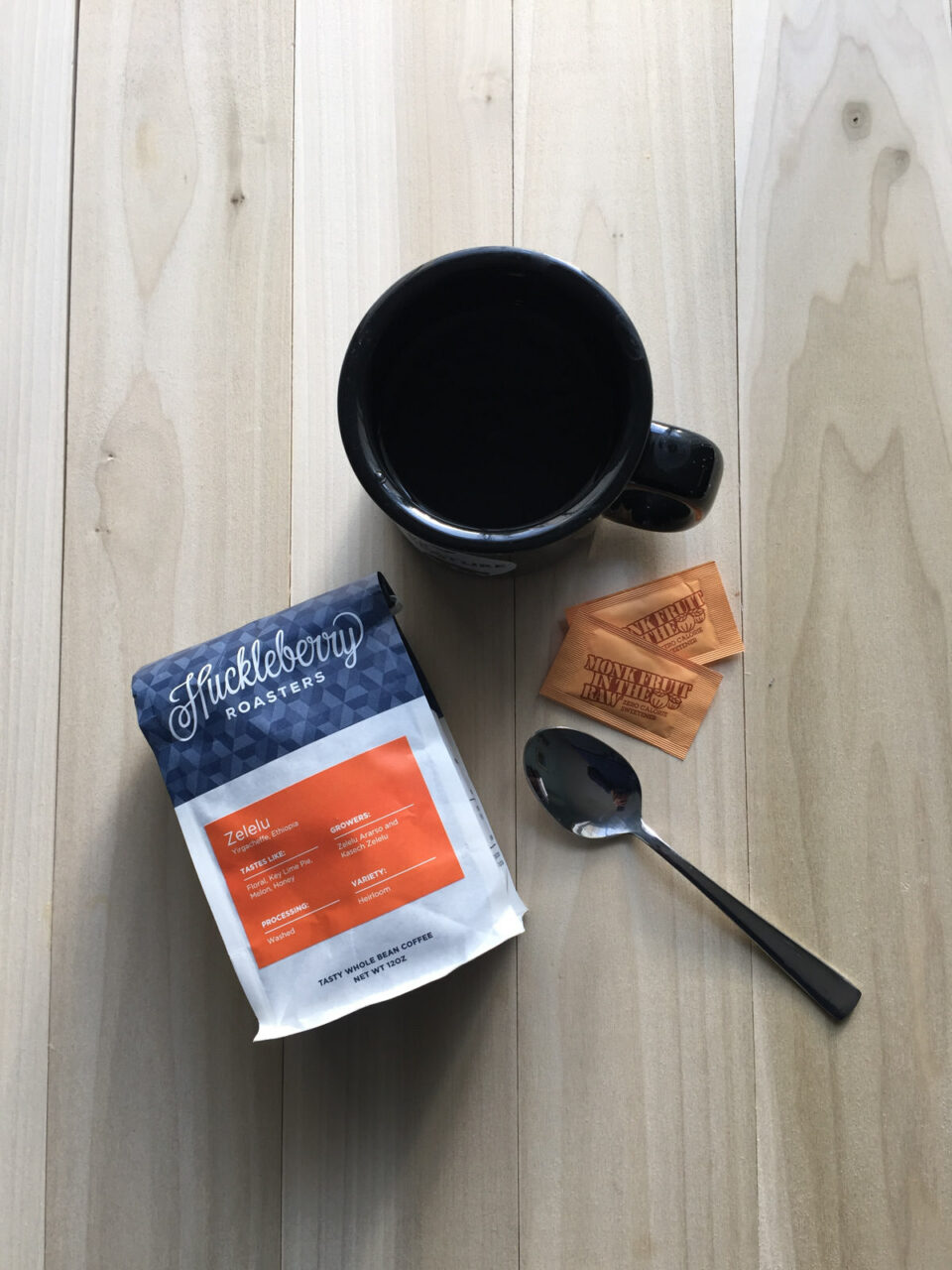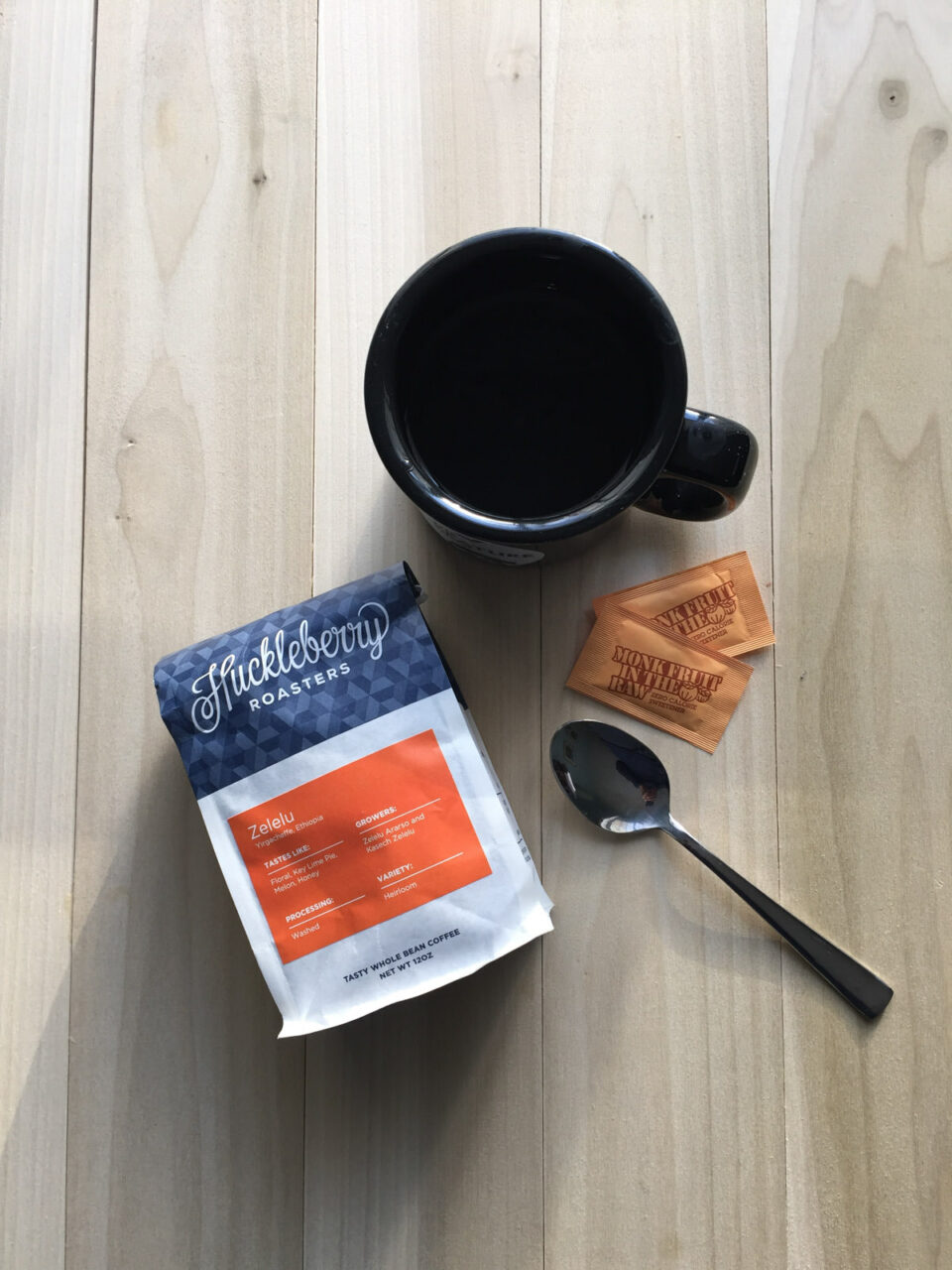The Internet is full of debates along the lines of:
- Whether Sony colors are better than Nikon colors
- Whether Canon colors are better than Sony colors
Sometimes, people are talking about in-camera JPEGs, and it is possible to have a moderately fruitful discussion. How fruitful it might be depends on the definition of better. If better means more accurate, careful image analysis can yield objective insights. If better means, “what I like”, a meeting of the minds is far less likely. ~ How Your Camera and Image Processor Determine Colors
Tag: Camera
USGS Water Station 01460440
It was snowing this morning when I left for work. Flurries. I left home earlier than usual with the intention of stopping along the way to snap some images. I considered bringing my Nikon but I decided I wanted to keep things simple and just shoot with my iPhone. I chose a route through Princeton and Mercer Street, toward Battle Field Park.
I saw a few scenes on Mercer Street that I wanted to capture. The Princeton Theological Seminary Library was lit with street lamps that gave it a warm wonderland feeling. There are a few colorful mansions with snow-covered trees that I wanted to capture.
But there was no easy way to just pull over on Mercer Street to snap a photo. It’s a busy road. Parking is on one side only. Near the residential part of the road. Residents had already occupied these spaces.
I continued my commute via Quaker Road.
This is the USGS Water Station 01460440 on the Delaware and Raritan Canal at Port Mercer in Lawrenceville, New Jersey. There is a parking area nearby, on the other side of the canal.
Shot with Camera+. Edited in Photogene. Filter is Frost from Priime photography app.
iPhone Photo App Image Quality Compared
The iPhone 6 has an 8 megapixel (3264 x 2448 pixels) camera with a fixed aperture 4.15mm f/2.2 lens, a shutter-speed range of 1/2000 of a second to 1⁄2 a second and ISO range from 32 to 2000. With the crop-factor, the lens is equivalent to a 29mm f/15 lens on a full-frame 35mm camera. That's a fairly wide lens with very little depth of field which in my opinion is best suited for landscape photography.
When you save a photo on your iPhone, either at the time of shooting or after editing, the app you’re using determines several factors that affect image size and quality. And not all apps are made equal. How Different iPhone Photo Apps Affect Image Quality
After reading that article, I wanted to do my test of the camera apps I have installed on my iPhone 6. I recently
For the test, I set up my iPhone 6 on a tripod near a window. I set up each app to record in its highest quality mode. For some apps that meant a TIFF formatted file. Some of the apps capture in JPEG format only. Some of the apps can do both. JPEG is a lossy compression format. This means that the JPEG algorithm makes decisions and removes information it deems irrelevant. This compression varies between apps. TIFF files may or may not be compressed but the compression is lossless. TIFF files sizes tend to be larger than JPEG.
The camera apps that I tested include the native iPhone Camera app, Camera+, ProCam, Manual Camera, Slow Shutter Cam, Manual Camera, and VSCO. Most of the apps on the list are ones I actually use to capture images. Some of the apps, like Enlight and Adobe Camera, are the ones I use mostly for filters or editing my images. I have a few other apps with cameras but these apps included so little data with the image that I removed them from the test.
This table is a comparison of the file sizes shown in megabytes (MB) and the resolution of the images that I shot with these camera apps.
| App | File Format | Resolution (WxH) | File Size (megabytes) | GPS Data |
|---|---|---|---|---|
| Adobe Camera 1.0 (from Lightroom Mobile) | JPEG | 3264x2448 | 1.78 MB | Yes |
| iOS 9.2 Camera | JPEG | 3264x2448 | 2.1 | Yes |
| ProCam 3 | TIFF | 3264x2177 | 28.4 | Yes |
| Enlight | JPEG | 3264x2448 | 2.0 | Yes |
| Manual Camera | JPEG | 3264x2448 | 4.6 | Yes |
| Camera+ 7.1.1 | TIFF | 3264x2448 | 9.6 | Yes |
| Slow Shutter Cam by Cogitap Software | TIFF | 3264x2448 | 24 | Yes |
| VSCO | JPEG | 3264x2448 | 1.7 | Yes |
The iOS 9 native camera app, Adobe Camera, Enlight and VSCOcam have the smallest file sizes. The smaller the file size, the poorer quality of the image is likely to be. Since doing this test, I have switched to using Camera+ as my default camera app. Camera+ features a widget that I installed in my iPhone’s Home Screen Notification Center. From there, I simply press “Take Photo” to go straight to Camera+. However, if my iPhone is locked, it will ask me to unlock it before taking me directly to Camera+. It's not as quick to get access to as the native camera app but is still faster than unlocking your phone, finding Camera+, opening, and going to the access screen.
I discovered that editing TIFF files were a challenge for some apps including the native Photos apps. Every crop edit I made I resulted in my image turning black. Once it turns black it stays that way in every other app. Instead of the Photos, I now use Photogene for cropping and minor editing of TIFF images. Fortunately, Photogene makes non-destructive edit and exports images in TIFF format as well as JPEG and I can specify the image size on export.
Since I started using Camera+ I have made some changes to why mobile editing workflow. I capture images with Camera+. Camera+ is set up to save all images in TIFF to my image catalogue. From there I open the image in either Photogene to make crops and edits or Prime or RNI Films to apply a filter. It's an efficient workflow.
However, I am considering switching to using the ProCam app. It can also be accused via the iPhone lock screen, saves in TIFF format, allows manual controls of ISO and shutter speed, but also has some of the functionality of Slow Shutter Cam by Cogitap Software. ProCam app could replace three apps. However, I'm reluctant to switch because it means learning a new app and my fingers are already tuned to one way of working. But I expect I'll switch eventually.
